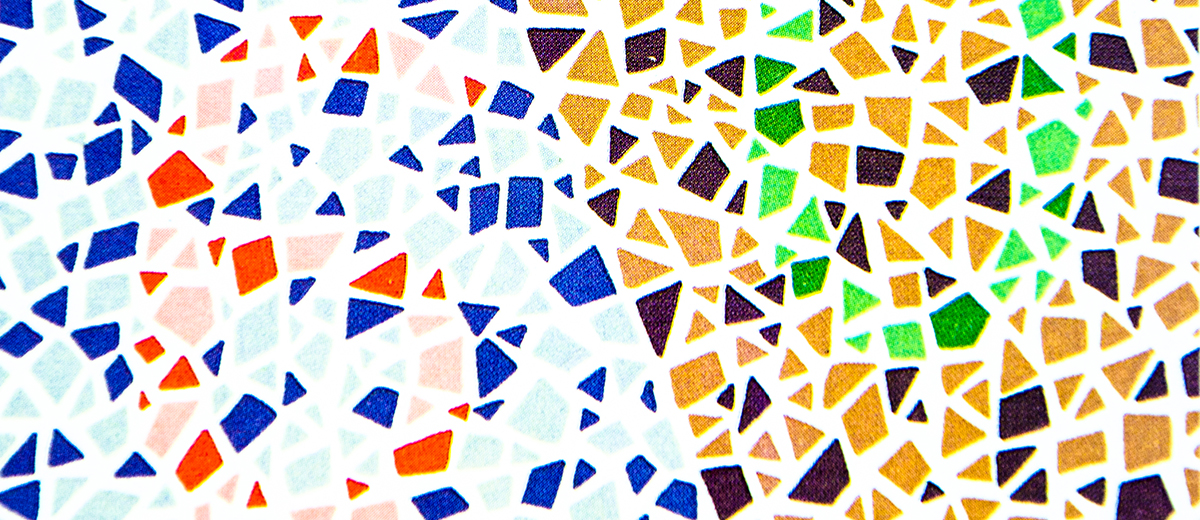A color vision deficiency, commonly referred to as color blindness, is when someone has difficulty seeing either red, green, or blue (or a combination of those colors). A misperception is that someone who is color blind can’t see any colors, but this type of deficiency is actually very rare.
Color vision deficiencies can greatly impact a child’s learning abilities, especially when there are color components of lessons and tests. That’s why it’s important to have students tested as early as possible.
Children between the ages of 3 and 5 should be tested for color vision deficiencies during their routine vision screenings. It is also recommended that a color perception test be administered to students as early as possible with many states recommending testing in first or second grade (or if a student is new to the district).
According to the National Institute of Health, the three main types of color vision deficiencies are:
- Red-green color vision defects are the most common form of color vision deficiency. Affected individuals have trouble distinguishing between some shades of red, yellow, and green.
- Blue-yellow color vision defects are rarer and cause problems with differentiating shades of blue and green and cause difficulty distinguishing dark blue from black.
- Blue cone monochromacy is a less common and more severe form of color vision deficiency that causes very poor visual acuity (sharpness of vision) and severely reduced color vision.
MacGill offers a variety of color vison tests to assist in your color vision deficiency screening. Click here to shop and please contact us if you have any questions. We’re happy to help!





